Smartphones are sold with a variety of design specs and are frequently exchanged for socioeconomic and technical factors. Therefore, it’s crucial to grasp some specific hardware parts (such as the display, battery, and CPU), as well as the operating system, and use such devices for a long time before having to exchange them. Fortunately, our Samsung Galaxy S9 review will help you cover all the requirements for buying your best smartphone.
After announced Samsung Galaxy S9 by Samsung on 2/25/2018, this model has been released in 2018, March 09. However, this model’s status in the market is Available.
When you buy Samsung Galaxy S9, you will gain a 12 MP, f/1.5-2.4, 26mm (wide), 1/2.55″, 1.4µm, dual pixel PDAF, OIS rear camera and 8 MP, f/1.7, 25mm (wide), 1/3.6″, 1.22µm, AF selfie camera. it also has 64GB 4GB RAM, and 3000 mAh battery life (the more mAh value gives more strength to the battery).
Samsung Galaxy S9 comes with Corning Gorilla Glass 5 as a display protection that is designed to save the screen when the phone falls on hard and rough surfaces, and with 5.8 inches, 84.8 cm2 display size.
Samsung Galaxy S9 comes with the following OS and chips:
* Android 8.0 (Oreo), upgradable to Android 10, One UI 2.5 OS,
* Exynos 9810 (10 nm) – EMEAQualcomm SDM845 Snapdragon 845 (10 nm) – USA/LATAM, China Chipset
* Octa-core (4×2.7 GHz Mongoose M3 & 4×1.8 GHz Cortex-A55) – EMEAOcta-core (4×2.8 GHz Kryo 385 Gold & 4×1.7 GHz Kryo 385 Silver) – USA/LATAM, China Processor.
To understand the meanings of cellular phone specifications, continue browsing this Samsung Galaxy S9 review.
Read Samsung Galaxy S9 Review To Learn More About The Body Specifications
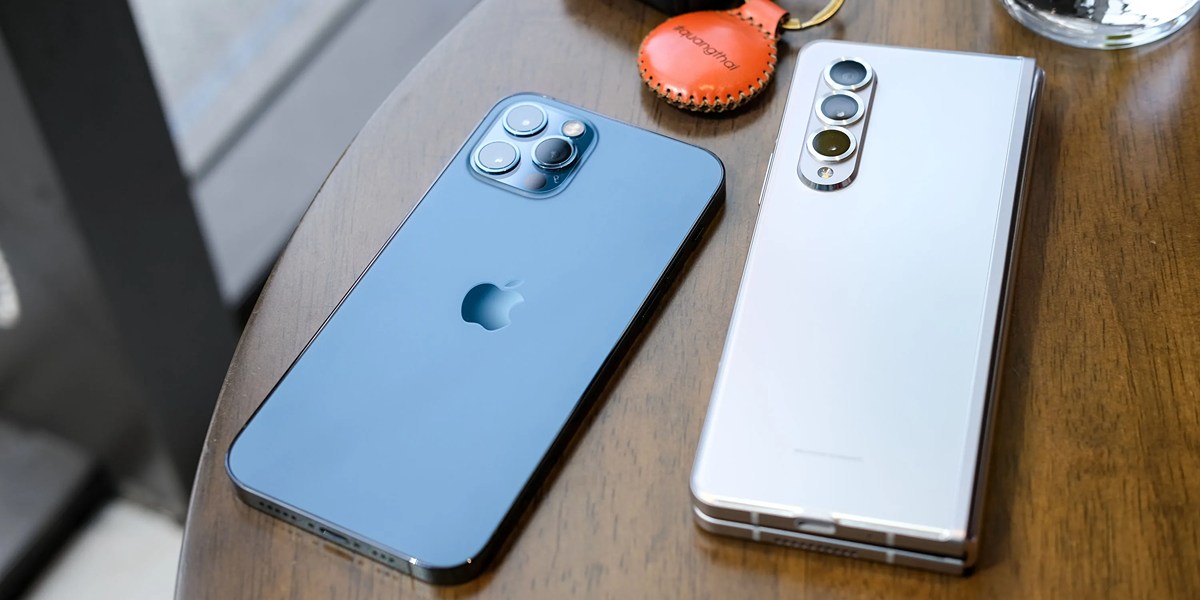
mobile phone’s body specifications are very important to be considered while selecting a new device. These specs are the body dimensions, the body weight, and the body build. In these following lines, you will read Samsung Galaxy S9 review in terms of the body features.
* Body Dimensions: 147.7 x 68.7 x 8.5 mm (5.81 x 2.70 x 0.33 in) which means height, width, and thickness (depth) respectively.
* Body Weight: 163 g (5.75 oz).
Any weight between 140g and 170g is deemed suitable for smartphones and is good for the majority of users.
* Body Build: Glass front (Gorilla Glass 5), glass back (Gorilla Glass 5), aluminum frame.
You could find the following types of cellular phone’ body:
* Metal. It is the strongest one in terms of protecting the devise components, that’s because it’s made of metals.
* Plastic. Because it doesn’t bend, this kind could be sturdier than metal. Also, it has a longer working life than a glass one because it doesn’t crash easily.
* Glass. In spite of the brittle nature of glass makes it more fragile, this type of smartphone’s body looks more polished and appealing.
Get Your Preferred Color – Samsung Galaxy S9 Review
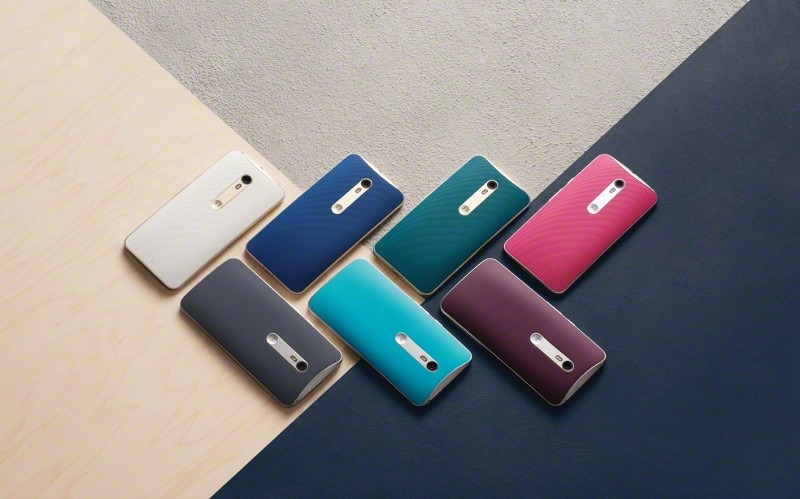
Choosing the color of a mobile phone does not affect the quality of its work or the effect of heat on its interior parts., so the color can be selected according to your taste or the nature of your use of the phone.
Samsung Galaxy S9 comes in the following colors: Midnight Black, Coral Blue, Titanium Gray, Lilac Purple, Burgundy Red, Sunrise Gold, Ice Blue.
Samsung Galaxy S9 Review In Terms of Display features
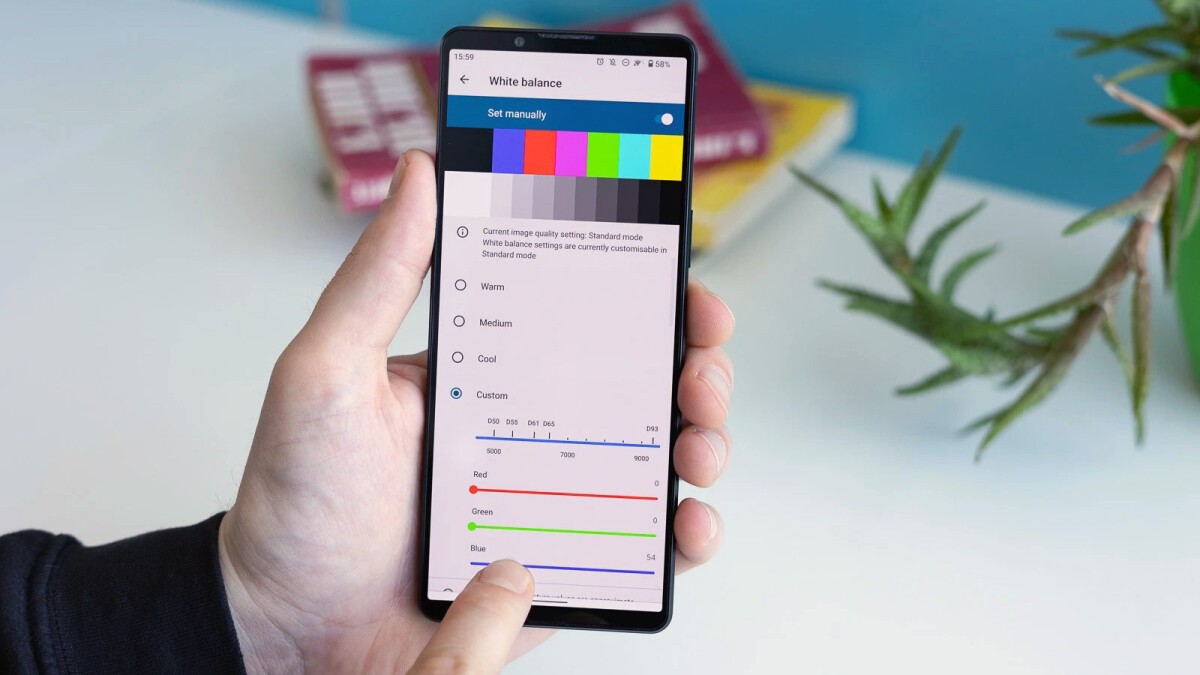
A cellphone’s display has always been a crucial part. Still, ever since the advent of full-screen touch mobile phones, it has become imperious for producers to provide the best display devices to consumers, it will enhance the viewing and gaming experience.
Continue reading this blog to find out what are the major display characteristics of Samsung Galaxy S9.
Display Type: Super AMOLED – Remember to go for a display kind that gives more vivid colors and true black.
Display Size: 5.8 inches, 84.8 cm2 – These days, mobile phones feature screens that measure between 4.7 and 6.5 inches.
Display HDR: HDR10 – Means that an image’s darkest and lightest areas have a noticeable contrast
Screen To Body Ratio: (~83.6% screen-to-body ratio). It refers to the percentage of how much the screen covers the front side. Smartphones that have the largest screen-to-body ratio look delicate and that give them a premium look.
Display Ratio: 18.5:9 ratio. the Aspect ratio is the relevance between the height and width of the smartphone screen. Taller aspect ratios like 19.5:9 is coming with the most modern smartphones, and it is suitable for web browsing, and other portrait orientation apps.
Display Resolution: 1440 x 2960 pixels. It is the clarity of an image video in detail and sharpness. The pixel resolution for high-definition screens is 1920 x 1080.
Display Density: (~570 ppi density). It is the number of physical pixels per inch on a screen and is measured in Pixels Per Inch (ppi).
Display Protection: Samsung Galaxy S9 comes with the following display protection:
* Corning Gorilla Glass 5
* Corning Gorilla Glass 5.
Samsung Galaxy S9 Review – Understanding Camera terminologies and Specs
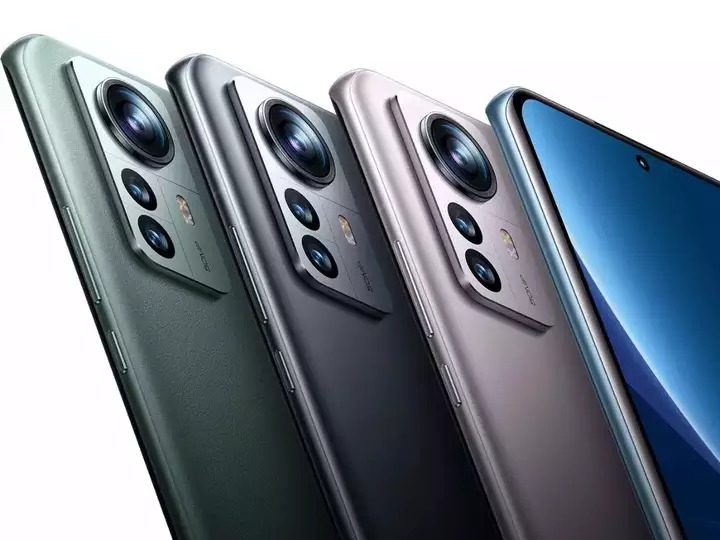
In the following lines, you will find Samsung Galaxy S9 review about the main cameras.
* Main Camera Single: 12 MP, f/1.5-2.4, 26mm (wide), 1/2.55″, 1.4µm, dual pixel PDAF, OIS}.
Here are explanations about some of the symbols included in the camera characteristics:
MP (Megapixels) is the resolution of the image taken by a cellular phone.
(f value) is the aperture of a lens that indicates how much light it lets in. The larger the aperture, the more light is let in; conversely, a smaller aperture lets in less light.
(mm value) This measurement is of the lens’s focal length, which affects the final image that is produced by your camera.
AutoFocus (AF) is the function of a camera to automatically focus on a subject.
The main camera features are as follows:
auto-HDR, panorama, 4K@30/60fps, 1080p@30/60/240fps, 720p@960fps, HDR, stereo sound rec., gyro-EIS & OIS (30fps) main video camera.
Here is the Samsung Galaxy S9 review of the selfie camera:
* Selfie Camera Single: 8 MP, f/1.7, 25mm (wide), 1/3.6″, 1.22µm, AF
* Selfie Camera Dual: 2 MP (dedicated iris scanner camera)
The main camera specifications are:
Auto-HDR, Dual video call, 1440p@30fps Selfie video camera.
Important Details About The SIM – Samsung Galaxy S9 Review

SIM is an abbreviation for Subscriber Identity Module, and it’s a tiny electronic card that slots into your cellular phone. It is an electronic chip that comes in three sizes: Standard (Mini), Micro, and Nano, and it allows you to connect to a cellular network. Then, you can make calls, send SMS messages, and use mobile internet services like 3G, 4G, and 5G. For more info about 3G / 4G networks, refer to Samsung Galaxy S9 3G or Samsung Galaxy S9 4G articles. However, you can use the mobile phone without a SIM to use some available applications on it, play games, and connect to a Wi-Fi network to browse the internet.
This cellphone model comes with Single SIM (Nano-SIM) or Hybrid Dual SIM (Nano-SIM, dual stand-by) card. For more information, refer to How to insert SIM card in Samsung Galaxy S9 article.
Here are the popular SIM card types:
* Nano-SIM. This removable SIM card size is the smallest available one, so it is the most modern one (other than eSIMs, which we’ll talk about it very soon) and it’s used by the vast majority of modern mobile phones.
* Micro-SIM. They have a little bit larger chip, and they’re seldom been used in recent years.
* Standard SIM (Mini-SIM). It is the biggest SIM card size in use, and it’s the most rarely used.
* eSIM. It is an embedded SIM card, i.e., you can’t take it off of your cellphone.
The Performance – Samsung Galaxy S9 Review
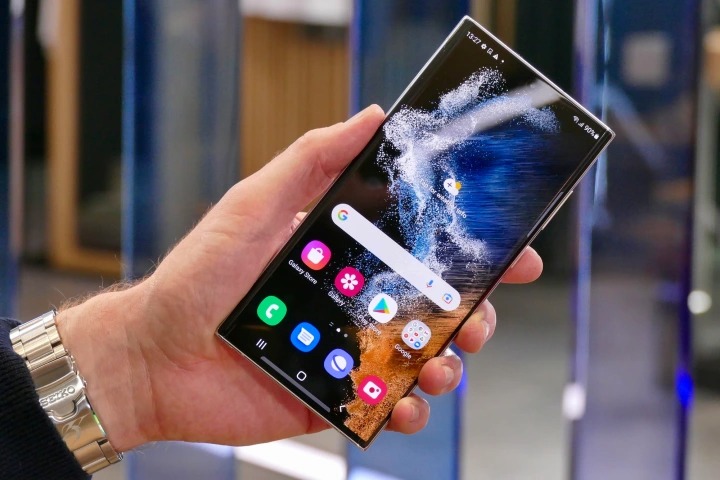
This model has Exynos 9810 (10 nm) – EMEAQualcomm SDM845 Snapdragon 845 (10 nm) – USA/LATAM, China chipset.
A chipset on a smartphone is most usually referred to as a system-on-chip (SoC). It is an integrated circuit that houses all of a device’s essential components on a single chip. The most common types are Qualcomm Snapdragon, MediaTek chipsets, and Intel Atom.
Samsung Galaxy S9 has Octa-core (4×2.7 GHz Mongoose M3 & 4×1.8 GHz Cortex-A55) – EMEAOcta-core (4×2.8 GHz Kryo 385 Gold & 4×1.7 GHz Kryo 385 Silver) – USA/LATAM, China CPU.
The performance of the CPU will be improved if the CPU has more cores and a higher speed of processing.
Samsung Galaxy S9 has the following GBU (Graphics Processing Unit): Mali-G72 MP18 – EMEAAdreno 630 – USA/LATAM, China.
All graphics jobs are handled and accelerated by this chip, and the faster the GPU, the more powerful the cellular phone will be.
Samsung Galaxy S9 Review of the Storage Specs and Capacity
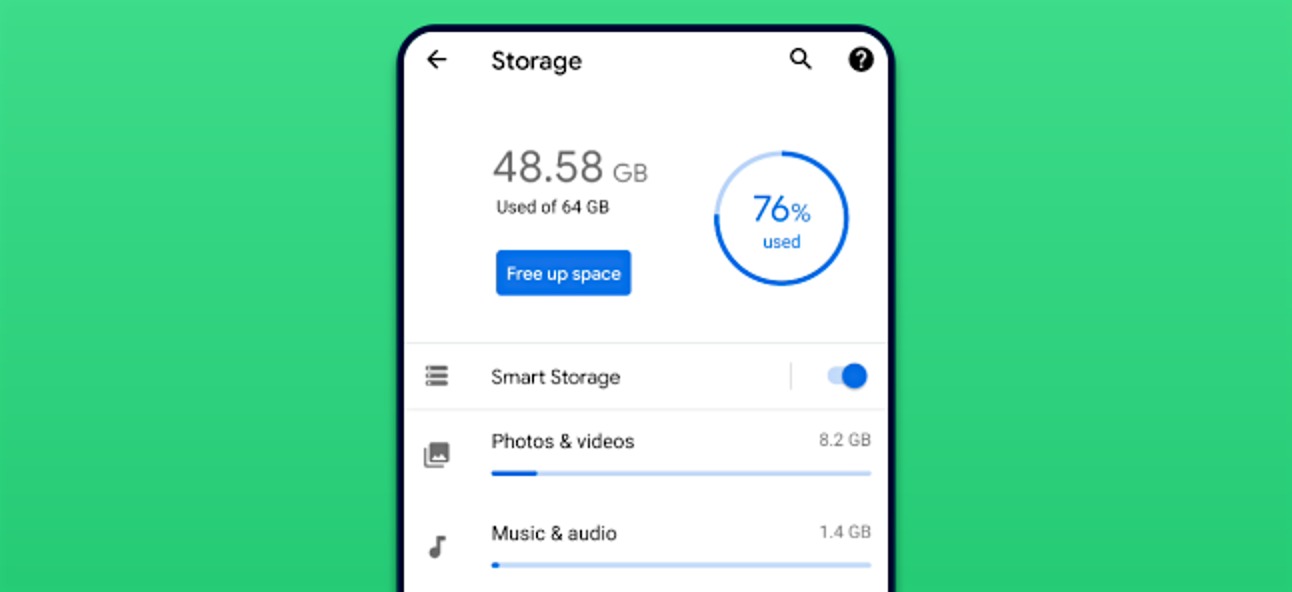
The amount of storage that a new mobile phone provides is one of the key decision considerations. Actually, Samsung Galaxy S9 comes with a microSDXC (uses shared SIM slot) – dual SIM model only memory card slot, and the following internal storage: 64GB 4GB RAM – 128GB 4GB RAM – 256GB 4GB RAM
Two types of phone’s memory are available:
Internal: It is built into the phone, and can’t be increased. Nowadays, the majority of cell phones have internal memory that is at least 32GB or 64GB and a few high-end models feature 256GB or 512GB.
External: It is a removable SD card used as an alternative memory to store photos, music, videos, etc., regardless of the type of SD card slot.
Mobile Networks and communication – Samsung Galaxy S9 Review

Mobile networking is a term used to describe technologies that can provide wireless voice and/or data network connections. There are 3 types of mobile networks in use: 3G, 4G (LTE), and 5G. Most modern smartphones can use all networks. However, 5G has been innovated with an enhanced capacity to enable next-generation user experiences, empower new deployment models, and deliver more enhanced services.
Samsung Galaxy S9 supports the following networks: 3G. For more information, refer to Samsung Galaxy S9 3G article. – 4G. For more information, refer to Samsung Galaxy S9 4G article.
Read About Wireless Connections – Samsung Galaxy S9 Review

This model includes the following wireless connections:
* WLAN connection: Wi-Fi 802.11 a/b/g/n/ac, dual-band, Wi-Fi Direct, hotspot. Wireless Local Area Network depends on Wi-Fi to connect to the home or office wireless network using the local router and offers Internet access.
* Bluetooth connection: 5.0, A2DP, LE, aptX. It is a common wireless communication protocol used to connect two devices together over short distances, allowing them to share data between different devices.
* GBS connection: Yes, with A-GPS, GLONASS, BDS, GALILEO. Global Positioning System enables cellphones to locate any position you need.
* NFC connection: Yes. Near Field Communication is a wireless technology that allows your mobile phone to send data to another device when they’re close together, so it’s generally used for contactless payments. For more info, refer to NFC on Samsung Galaxy S9 article.
* USB connection: USB Type-C 3.1}. Universal Serial Bus is wired technology that allows users to connect two devices, such as a smartphone with a PC, to either transfer data or charge the connected device.
* Features Sensors: Iris scanner, fingerprint (rear-mounted), accelerometer, gyro, proximity, compass, barometer, heart rate, SpO2}. The sensor is a device that detects and majors the changes in the nearby environment such as ambient light and motion.
Samsung Galaxy S9 Review – The Operating System
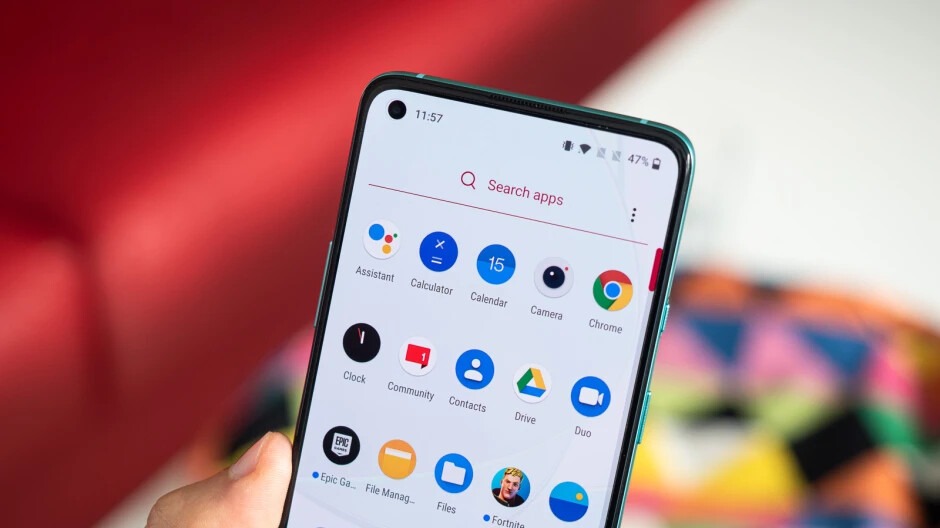
This model comes with Android 8.0 (Oreo), upgradable to Android 10, One UI 2.5 operating system.
Battery Main Specifications – Samsung Galaxy S9 Review
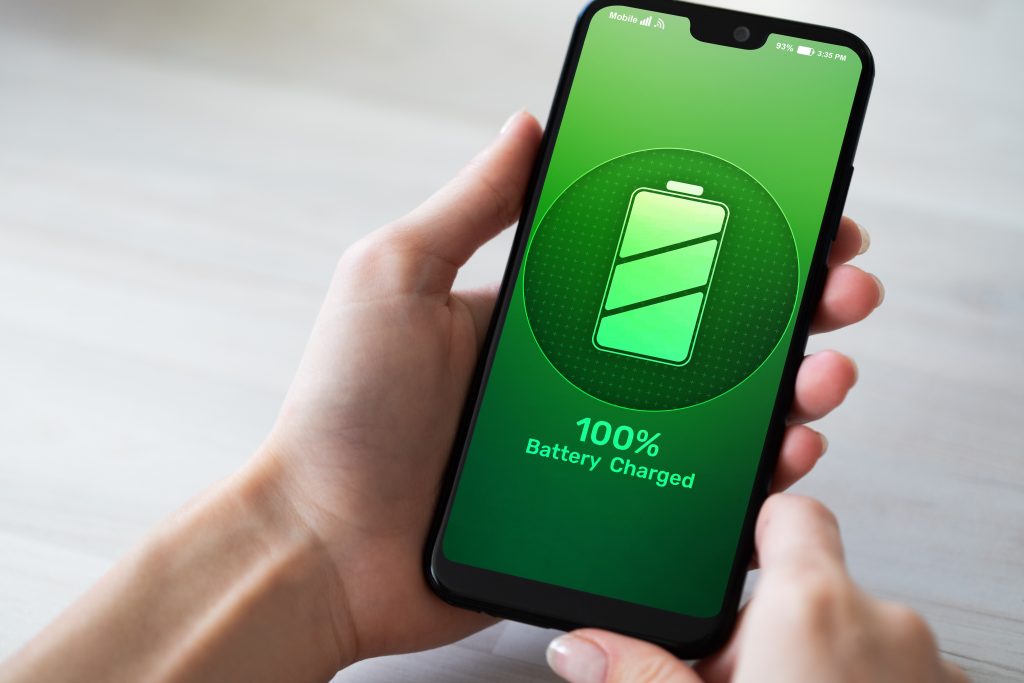
Nothing is more important than the cellphone’s battery, which powers these devices and retains daily life going. In the following lines, you’ll see Samsung Galaxy S9 review of its primary battery.
* Battery Technology: Li-Ion.
* Samsung Galaxy S9 comes with a non-a removable battery.
* Battery Capacity: 3000 mAh. It refers to the storage capacity a specific battery can provide. A battery with a 3100 mAh capacity rating could supply a current of 3100 mA for one hour. Higher mAh ratings for the same battery type will generally mean longer working time.
* Battery Charging: {Fast charging 50W}.
* Battery Charging Time: {100% in 48 min (advertised)}.
Samsung Galaxy S9 Review of the Battery Secondary Specifications
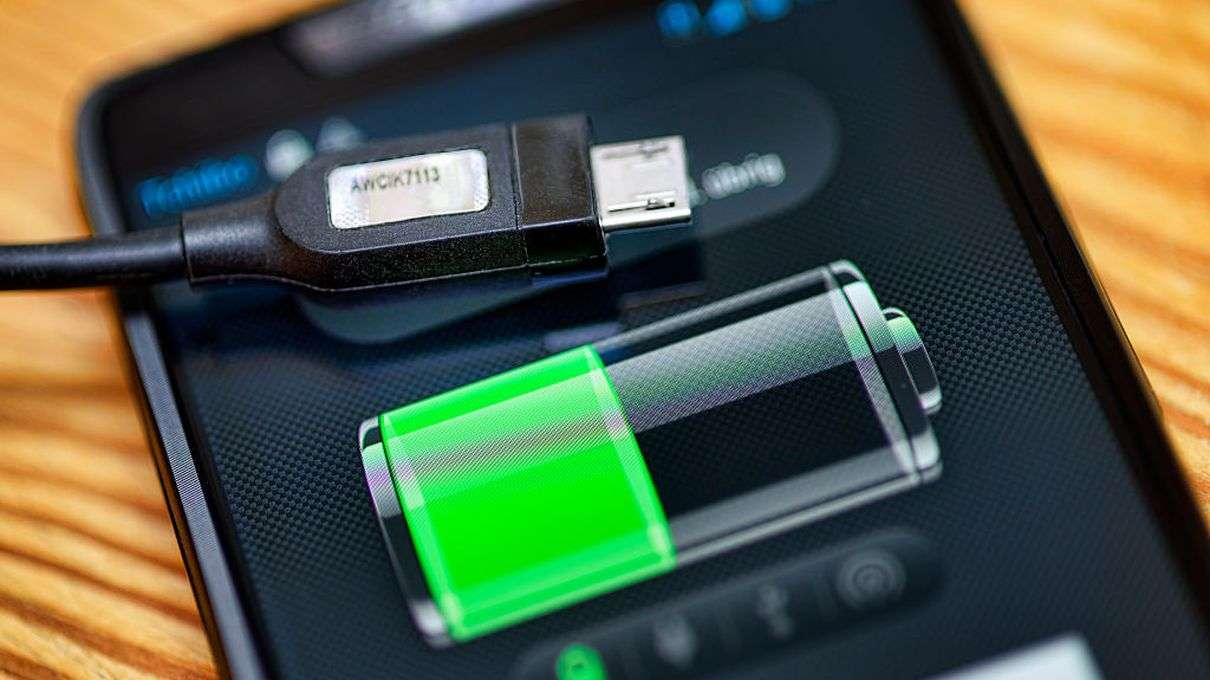
Along with the main Samsung Galaxy S9 characteristics that we just discussed, this model contains extra battery-related characteristics that differ somewhat depending on the type of cellular phone. These specifications are as follows:
* Battery Charging Original: {Fast charging 15W, Quick Charge 2.0, Qi/PMA wireless charging – market dependent}.

